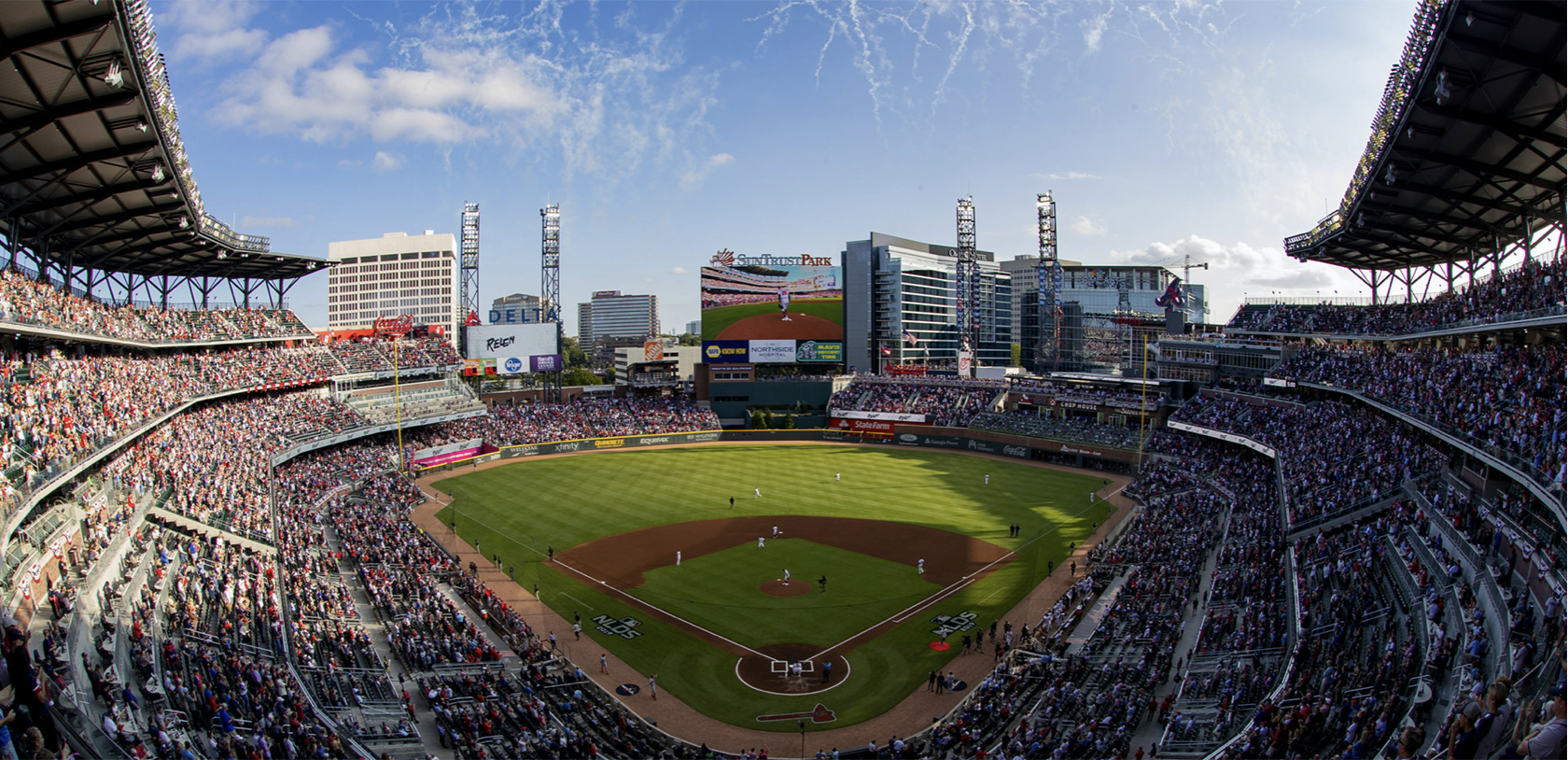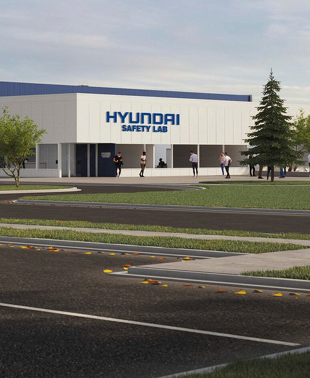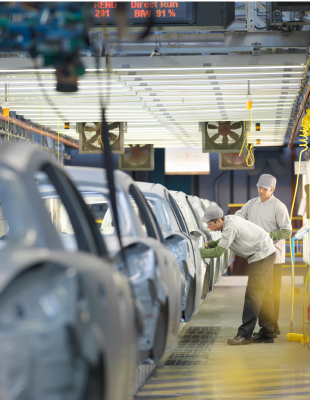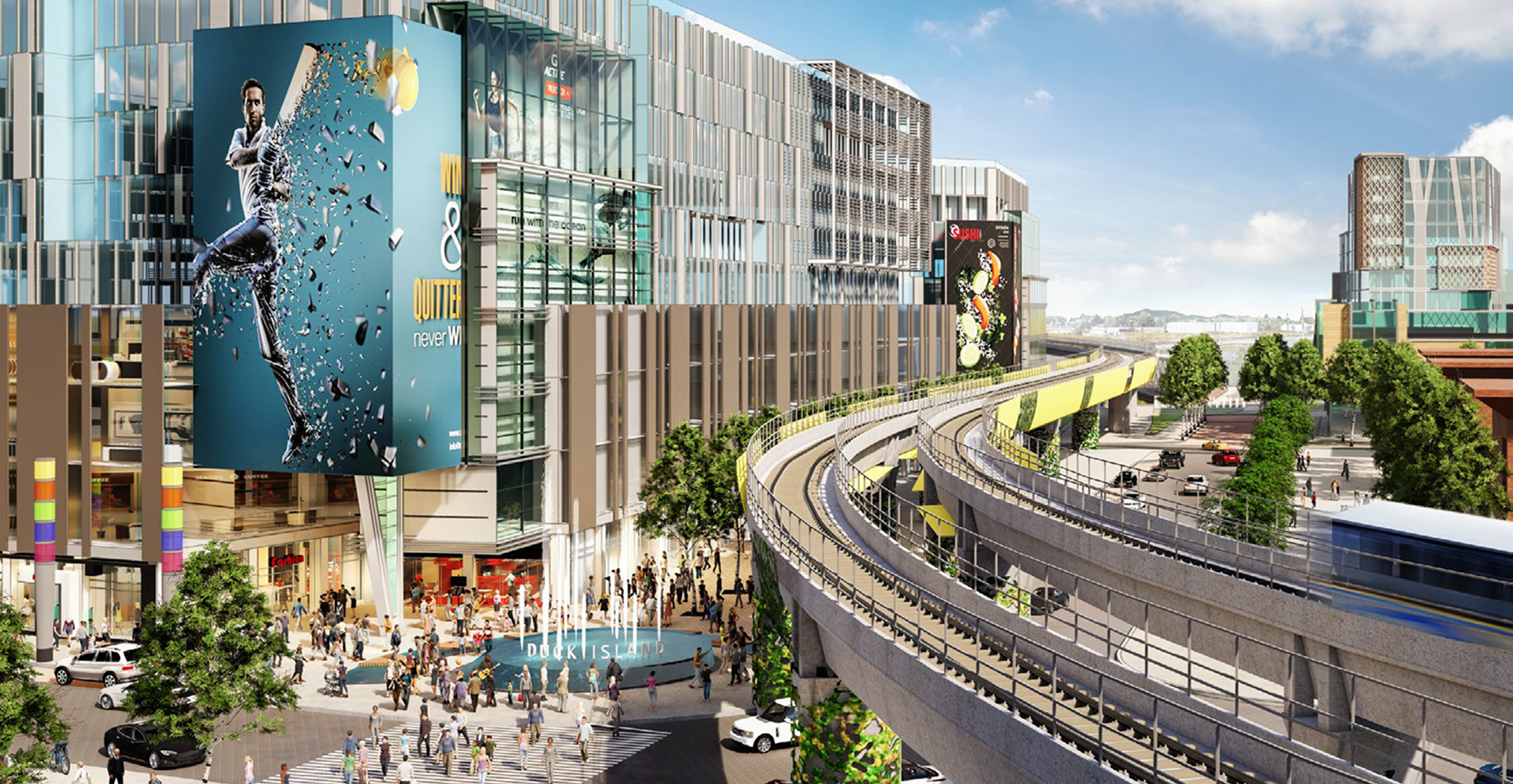Table of Contents
The challenge
Delivering a central campus building that will be the focal point of Ford’s new high-tech campus of the future.
2.2m sq. ft.
building
We’ve partnered with Ford Motor Company to help deliver a new Research and Engineering Center set to centralize Ford’s operations in Michigan and support increased innovation and collaboration. This project will see us oversee the architecture, interior design, engineering, intelligence/technology and security design, and landscape design in partnership with Snøhetta and Ghafari Associates.
The solution
Full architecture, interior design, engineering, and project management solution with the focus on human experience and multi-use.
6,000
daily on-site employees
The world-class transformation of Ford’s Dearborn Campus includes a rich variety of shared spaces and places designed for employee and visitor experiences as they approach the building. The spaces are focused on the human experience, and the ability for the spaces to double as programmed spaces. There are a series of interior courtyards, all with their own landscape themes, and plant communities—for both employees and for programming related to research and demonstration of new products. Since 2019, we have been working closely with the project team to realize the vision for a central campus building, the focal point of Ford’s new high-tech campus of the future.
The impact
This project has enhanced operations for Ford’s engineers, reduced time and investment in prototyping, and improved on-site collaboration.
The 2.2 million square foot building will serve as the mobility giant’s new product development center, initially housing approximately 6,000 employees daily—mainly designers and vehicle development teams. Spaces for Unique Programs make up 30% of this research and innovation campus. They include technologyrich design studios, construction shops, invention labs, critique and launch spaces, collaboration zones, and investigation garages for prototyping and problem-solving. These specialized facilities require research flexibility and future-proofing, which is achieved via modular design approaches, maximized use of moveable walls, and non-proprietary space for future expansion. First phase occupancy is expected in 2024, with the second and third phases complete during 2025 and 2027 respectively.
The Master Plan, at its core, creates a people-first workplace that will also prepare Ford for another century of innovation as it leads the global automotive industry into a new era of disruption. Movement within this core campus is pedestrian-focused and transit-rich, connected directly to amenities and key adjacencies and networked through a shared transportation loop, limiting personal vehicular access to the site’s perimeter. All drainage, materials, and plantings are carefully selected to support the ideas of sustainable landscapes and ecosystems that improve the rich diversity of the campus environment.
Not done reading?
This also might be interesting for you
- Related Projects
- Related Insights
- Related Blogs








